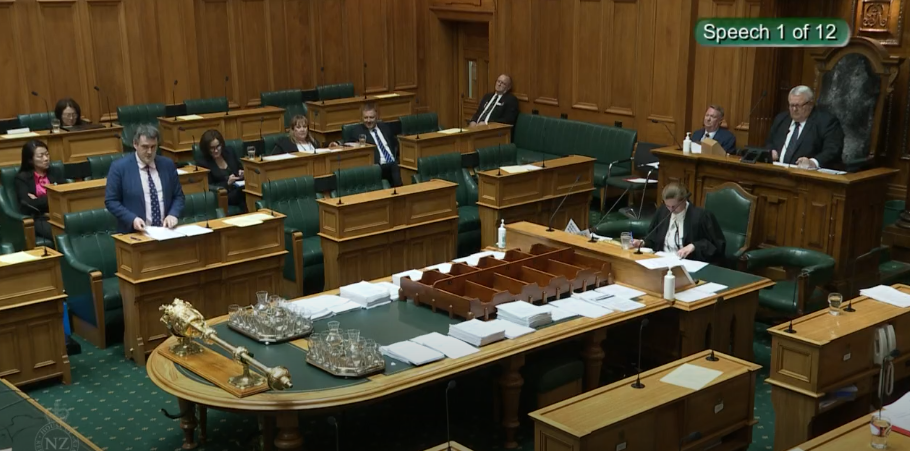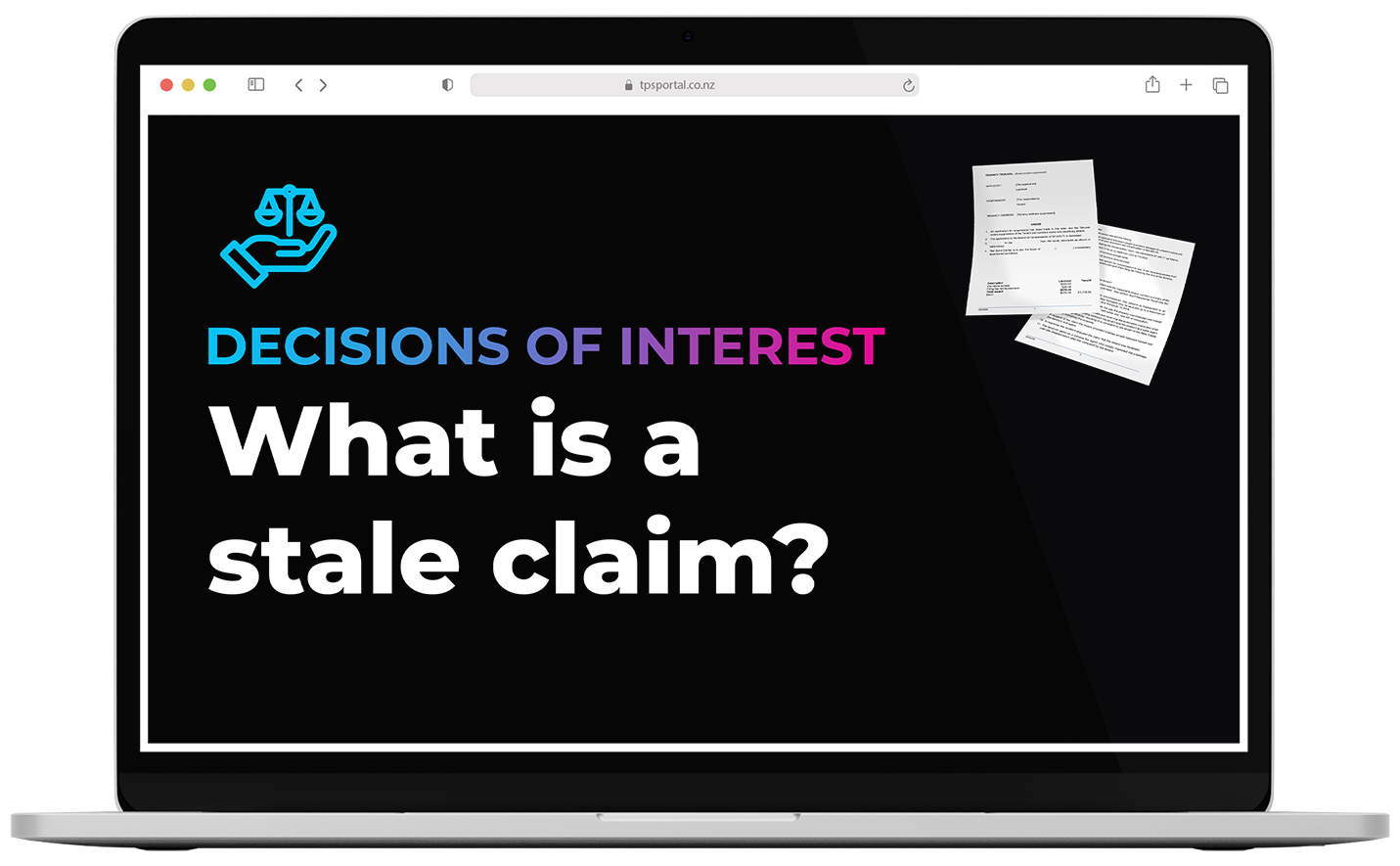COVID-19 has flipped the country on its head!
One in, one out at the local dairy. No reusable bags in the supermarket. Stay home and save lives is the new motto of the country.
But, nonetheless we have all had a couple of weeks or so to process it so I better get some solid info across your screen that can clear up one of the most commonly asked about questions I have been hearing.
My phone has been ringing off the hook with inquiries about “Mortgage Holidays”.
Unfortunately, the term Mortgage Holiday was used on TV and news media by our beloved politicians and newsreaders alike, and it is actually quite misleading.
Quite simply this so-called holiday works like this.
Every repayment you do not pay is added up behind the scenes then put back into your loan when the “holiday” is complete. This means you are now paying interest on the interest that was ticking away while you weren’t paying.
It is important to note that this is a good product, but it is a financial hardship product.
The banks have always had these available. They are not new. They have just popped out from the last page of their websites to the headline act due to the quick changing landscape presented by COVID-19.
Before COVID-19, this product was used mainly in hardship situations and personally, I recommend it as the last resort. It is best utilised when you genuinely can’t make a repayment.
There are other products available like interest only loans and extending your loan terms to drop down repayments if you need a hand for a short period.
Here are some quick and very basic numbers for you to show the effects of taking a Mortgage Repayment Deferral.
John has a $500,000 mortgage on 4% interest rates with 25 years left on the loan term. This costs him about $609 per week in repayments. If he chooses to take a 6 month deferral he will miss out on approximately $10,000 of interest repayments*. When he finishes his break he now has a total Mortgage of $510,000 to repay. Now John is paying interest on $510,000. (Interest on interest)
John keeps the repayments the same as before but his $609 per week on his 25 year loan is now a 26 year loan. So John thought this was an opportunity, but now has figured out there is an added 12 months to his total loan term plus the 6 months he stopped paying. To top it all off he has to pay interest on all of it! There is really no holiday at all here.
What does this mean for Tenants?
Tenants please know that if your landlord is eligible for this and uses a product like this – it isn’t a free holiday.
If they are using this product it is for good reason and it will actually cost them more than a standard mortgage repayment.
Banks are not in the business of giving out free lending. When someone takes out a mortgage they sign loan documents with all loan terms and conditions outlined.
If you need to break your original loan terms it is going to cost. It is very much a part of the financial hardship package all banks provide as a last resort so people don’t lose their homes.
What does this mean for Landlords?
Landlords, you are forgiven for wondering if there was an opportunity there to take a break, but as you all know this isn’t the business the banks are in.
There are other products available and even super low interest rates you can take advantage of.
Speak with your broker about restructuring your current debt and make sure it is performing as good as it can while we have some down time.
Rates are almost 3% flat and a good broker can look at your total financial position and make sure you are with the right bank with the correct products to give you an advantage and accelerate debt reduction.
In summary, payment deferral products are a hardship lifeline, not a “holiday”.
For more information about deferral products, talk to your preferred mortgage broker or bank.
Mikey Smith – Mortgage Adviser, LoanMarket
* interest figures on a principal and interest loan change every repayment. This is an approximate but close rounded figure for the sake of keeping the article simple.





